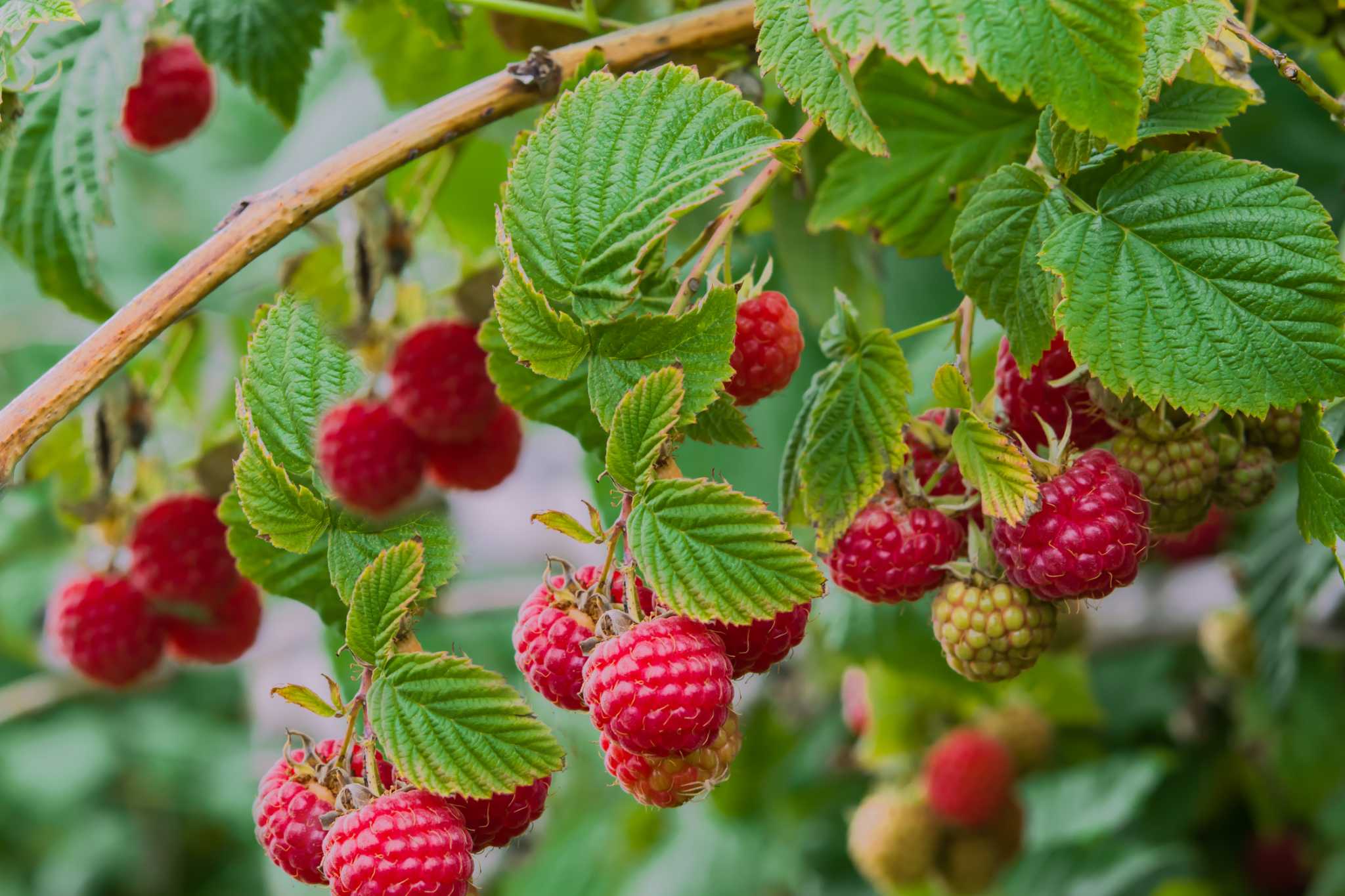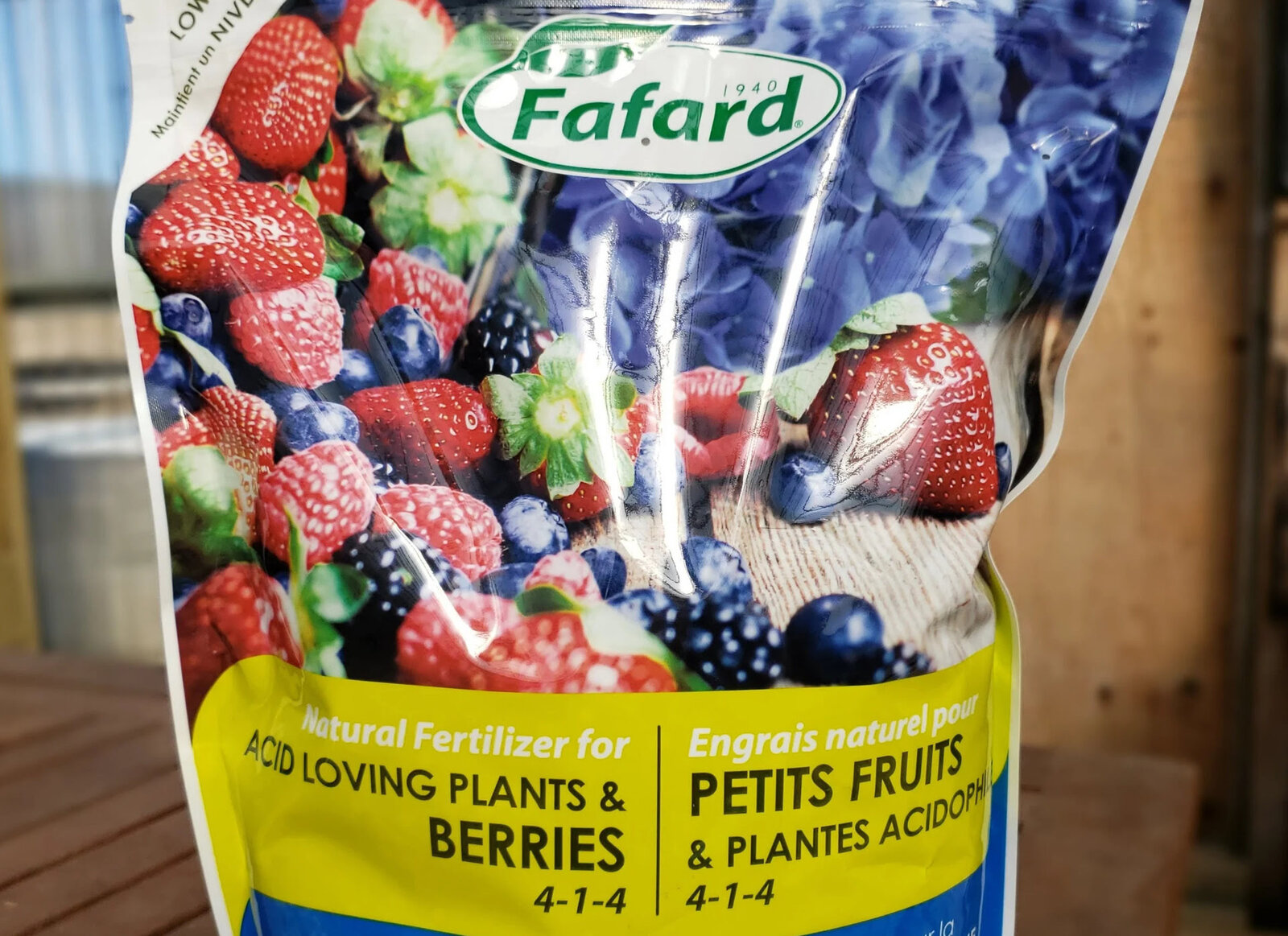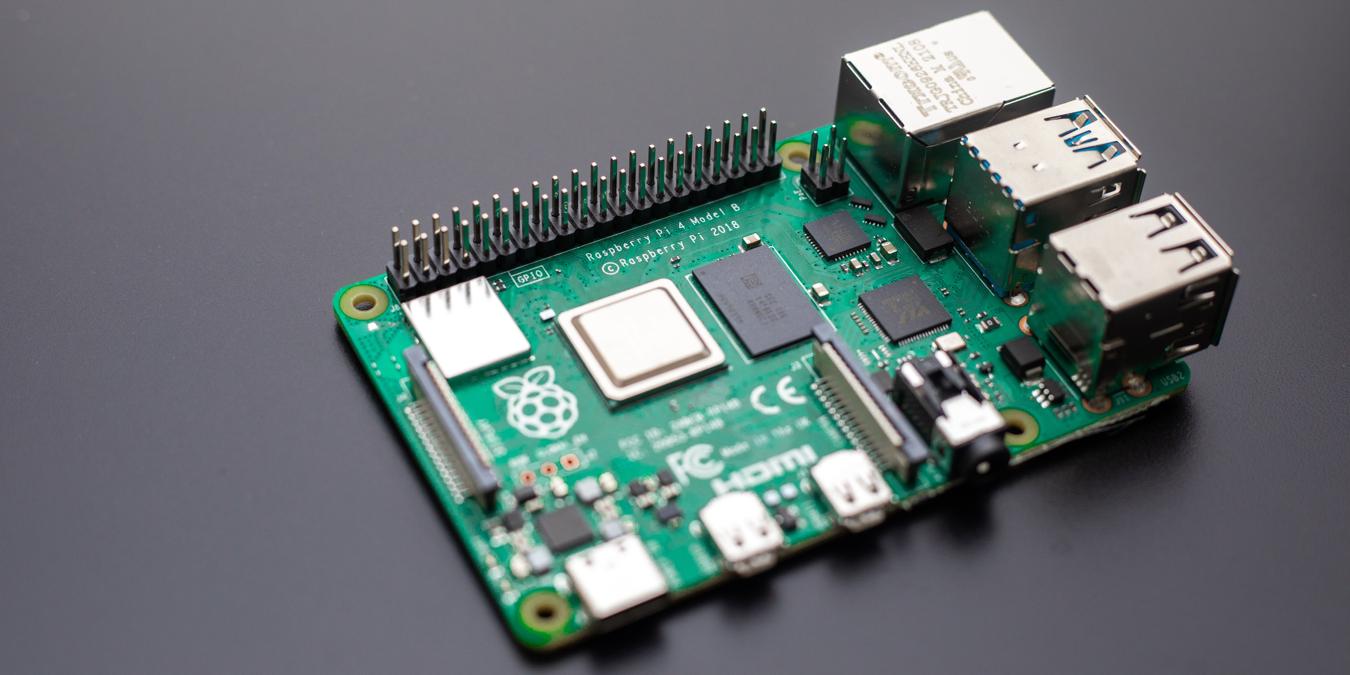

Articles
How To Store Raspberries
Modified: December 7, 2023
Learn effective ways to store raspberries in this informative article. Keep your raspberries fresh and enjoy them for longer with our helpful tips.
(Many of the links in this article redirect to a specific reviewed product. Your purchase of these products through affiliate links helps to generate commission for Storables.com, at no extra cost. Learn more)
Introduction
Welcome to our comprehensive guide on how to store raspberries. Raspberries are delicious and delicate berries that offer a burst of sweetness with every bite. Whether you have a bountiful harvest from your garden or you’ve picked up a fresh batch from the local market, knowing the best methods to store raspberries will help you extend their shelf life and enjoy their flavor for longer.
When it comes to storing raspberries, it’s important to handle them with care. These fragile berries are highly perishable and can easily spoil if not properly stored. By following the tips and techniques we’ll share in this article, you’ll be able to keep your raspberries fresh, juicy, and flavorful for as long as possible.
So, if you’re ready to learn the best practices for storing raspberries, let’s dive right in!
Key Takeaways:
- Choose fresh, firm raspberries with vibrant color and a sweet aroma. Handle them gently, wash and dry carefully, and store in the refrigerator for optimal freshness. Enjoy within 2-3 days for the best flavor and texture.
- Extend the shelf life of raspberries by freezing them in a single layer, preserving them in jars, and following key tips. Handle with care, keep them dry, and consider using preservation methods to enjoy raspberries year-round.
Read more: How To Strain Seeds From Raspberries
Choosing Fresh Raspberries
When it comes to storing raspberries, the first step is to ensure that you’re starting with the freshest berries possible. Here are some key points to keep in mind when selecting raspberries:
- Look for vibrant color: Choose raspberries that have a bright red or deep purplish color. Avoid berries that appear dull or have any signs of discoloration.
- Check for firmness: Gently press the raspberries to check for firmness. The berries should be slightly soft to the touch but not mushy. Avoid raspberries that feel overly soft or squishy.
- Avoid bruised or damaged berries: Inspect the raspberries for any signs of bruising or damage. Bruised berries are more likely to spoil quickly, so it’s best to choose ones that are in good condition.
- Inspect for mold or mildew: Turn the container of raspberries upside down and check the bottom for any signs of mold or mildew. Avoid raspberries that have any visible signs of spoilage.
- Smell the berries: Raspberries should have a sweet and pleasant aroma. If they have a sour or off-putting smell, it’s best to avoid them.
By selecting fresh and high-quality raspberries, you’re setting the foundation for successful storage and ensuring that you have delicious berries to enjoy.
Preparing Raspberries for Storage
Before storing raspberries, it’s important to properly prepare them to maximize their freshness. Follow these steps to prepare your raspberries for storage:
- Sort through the berries: Remove any raspberries that are overripe, moldy, or damaged. This helps prevent the spread of spoilage to the rest of the batch.
- Gently wash the raspberries: Rinse the raspberries under cool running water to remove any dirt, debris, or pesticides. Be careful not to use excessive force or submerge the berries in water, as they are delicate and can easily become damaged.
- Pat dry the raspberries: After rinsing, gently pat the raspberries dry using a clean paper towel or a soft cloth. Removing excess moisture helps prevent the berries from becoming too damp and prone to mold.
- Remove excess moisture: Line a baking sheet or a large plate with paper towels. Spread the raspberries in a single layer on the paper towels and let them air dry for about 15-30 minutes. This will remove any remaining moisture and enhance their storage life.
It’s important to handle the raspberries with care throughout the preparation process to avoid bruising or crushing them. By taking these steps, you’re ensuring that your raspberries are clean, dry, and ready for storage.
Storing Raspberries in the Refrigerator
The refrigerator is the ideal place to store raspberries to prolong their freshness. Follow these steps to store raspberries in the refrigerator:
- Choose the right container: Place the raspberries in a shallow container or a berry box. Make sure the container has good ventilation to allow air circulation around the berries.
- Line the container: Line the bottom of the container with paper towels to absorb any excess moisture and prevent the raspberries from sitting in their own juices.
- Arrange the raspberries: Place the raspberries in a single layer on top of the paper towels. Avoid stacking or overcrowding the berries, as this can cause them to become squished or moldy.
- Cover the container: Place a lid or plastic wrap over the container, ensuring it is sealed tightly to keep the raspberries from drying out.
- Store in the refrigerator: Place the container of raspberries in the refrigerator. The optimal temperature for storing raspberries is between 32-38°F (0-3°C).
It’s important to note that raspberries are highly perishable and have a relatively short shelf life even when stored properly. Therefore, it’s best to consume them within 2-3 days to enjoy their optimal flavor and texture.
If you notice any moldy or spoiled berries, remove them immediately to prevent the spread of spoilage to the rest of the batch.
Store raspberries in the refrigerator in a single layer on a paper towel-lined tray to prevent them from getting crushed. Make sure to discard any moldy or mushy berries to prevent them from spoiling the rest.
Freezing Raspberries
Freezing raspberries is an excellent way to preserve their flavor and extend their shelf life for future use. Here’s how to properly freeze raspberries:
- Prep the raspberries: Sort through the raspberries and remove any damaged or overripe berries. Rinse them gently under cool running water and pat them dry.
- Flash-freeze the raspberries: Arrange the raspberries in a single layer on a baking sheet lined with parchment paper. Make sure the berries are not touching each other. Place the baking sheet in the freezer and let the raspberries freeze for about 1-2 hours.
- Transfer to a freezer-safe container: Once the raspberries are frozen, quickly transfer them into a freezer-safe container or a zip-top freezer bag. Squeeze out any excess air and seal the containers tightly.
- Label and date the containers: Write the date of freezing on the containers or bags to keep track of their freshness. This will help you identify the oldest raspberries when you’re ready to use them.
- Store in the freezer: Place the containers of raspberries in the freezer and store them at a constant temperature of 0°F (-18°C) or below.
Frozen raspberries can be kept for up to 10-12 months if stored properly. They are perfect for use in smoothies, baked goods, jams, or as a topping for yogurt and desserts.
When you’re ready to use the frozen raspberries, there’s no need to thaw them. Simply take out the desired amount from the freezer and incorporate them directly into your recipe or dish. Thawed raspberries tend to become soft and mushy, so it’s best to use them in frozen form whenever possible.
Remember to keep the freezer temperature constant and avoid frequent thawing and refreezing, as it can affect the texture and quality of the raspberries.
Read more: How To Save Raspberry Seeds
Preserving Raspberries in Jars
Another fantastic method for preserving raspberries is by sealing them in jars. This allows you to enjoy the fresh flavor of raspberries long after the harvest season. Here’s a step-by-step guide on how to preserve raspberries in jars:
- Clean and sterilize the jars: Wash the jars, lids, and bands in hot soapy water. Rinse them thoroughly and place them in a pot of boiling water for about 10 minutes to sterilize.
- Prepare the raspberries: Sort through the raspberries and discard any damaged or overripe berries. Rinse them gently under cool water and pat them dry.
- Pack the jars: Fill the sterilized jars with the raspberries, leaving about a 1-inch (2.5 cm) headspace at the top. You can fill the jars loosely or gently press down the raspberries to fit more in each jar.
- Make a sugar syrup (optional): If you prefer to add a sweet syrup to preserve the raspberries, combine equal parts sugar and water in a saucepan. Bring it to a boil and let it cool before pouring it over the raspberries in the jars.
- Seal the jars: Wipe the jar rims with a clean, damp cloth to ensure they are free from any debris. Place the lids on the jars and screw the bands on until they are snug but not overly tight.
- Process the jars (optional): If you want to ensure a longer shelf life, you can process the sealed jars in a water bath canner. Bring a large pot of water to a boil, carefully place the jars in the pot, ensuring they are fully submerged, and process them according to the recommended time for raspberries.
- Store the preserved raspberries: After processing (or if you choose not to process), let the jars cool completely. Check the seals to ensure they are tight, and store the jars in a cool, dark place, such as a pantry or cellar.
Preserved raspberries can be enjoyed in a variety of ways, such as using them in pies, tarts, sauces, or enjoyed straight from the jar as a sweet treat. Make sure to check the seals before consuming the preserved raspberries and discard any jars that show signs of spoilage.
Remember to label the jars with the date of preservation to monitor their freshness, and use the oldest jars first to ensure you enjoy the raspberries at their best.
Tips for Extending Raspberry Shelf Life
While raspberries are highly perishable, there are a few tips and tricks you can follow to extend their shelf life and keep them fresh for longer. Here are some helpful suggestions:
- Handle with care: Raspberries are delicate fruits, so handle them gently to avoid bruising or crushing. High-quality berries have a better chance of lasting longer.
- Keep them dry: Moisture can speed up the spoilage process. Make sure raspberries are dry before storing them, as excess moisture can promote the growth of mold.
- Store unwashed: Raspberries have a protective natural coating that helps preserve their freshness. Avoid washing them until you’re ready to consume or use them.
- Store in the coldest part of the refrigerator: The colder the temperature, the longer raspberries will last. Place them in the coldest area of your refrigerator, such as the back of the bottom shelf.
- Do not stack the berries: Stacking raspberries can lead to bruising and increased pressure, causing them to spoil quickly. Store them in a single layer to allow proper air circulation.
- Check for spoilage: Regularly inspect your raspberries for any signs of spoilage, such as mold or mushiness. Remove any spoiled berries immediately to prevent the spread of mold.
- Freeze excess raspberries: If you have an abundance of raspberries that you won’t be able to consume before they spoil, freeze them for later use. This will preserve their freshness for an extended period.
- Use within a few days: Raspberries are best enjoyed within 2-3 days of purchase or harvest. Try to incorporate them into your meals and recipes as soon as possible to take advantage of their optimal flavor.
- Consider preserving methods: If you have a large quantity of raspberries, consider preserving them by freezing, making jams, or canning. These methods will help you enjoy raspberries even after the harvest season.
By following these tips, you can maximize the shelf life of your raspberries and ensure that each berry stays fresh, plump, and delicious.
Conclusion
In conclusion, knowing how to properly store raspberries is essential for preserving their freshness and extending their shelf life. By following the tips and techniques outlined in this guide, you can ensure that your raspberries stay juicy and delicious for as long as possible.
Start by choosing fresh raspberries that are vibrant in color, firm to the touch, and without any signs of damage or mold. Preparing the raspberries for storage involves sorting through them, gently washing and drying them, and removing any excess moisture.
When it comes to storage, refrigeration is key. Store raspberries in shallow containers or berry boxes, ensuring good ventilation and using paper towels to absorb moisture. The refrigerator helps maintain a cool and stable temperature that preserves the berries’ quality.
If you have an abundance of raspberries, freezing is a great option. Flash-freeze them in a single layer on a baking sheet before transferring them to freezer-safe containers or bags. This allows you to enjoy the sweetness of raspberries even during the off-season.
Preserving raspberries in jars is another excellent way to enjoy their flavor throughout the year. Pack the raspberries into sterilized jars, seal them tightly, and store them in a cool and dark place.
By implementing the tips for extending raspberry shelf life, such as handling them with care, keeping them dry, and storing them in the coldest part of the refrigerator, you can enjoy fresh raspberries for longer.
Remember that raspberries are highly perishable, so it’s best to consume them within a few days of purchase or harvest. Try to incorporate them into your meals, desserts, and snacks, and consider using preservation methods for any excess berries to enjoy them in various ways throughout the year.
Now that you’re equipped with the knowledge of how to store raspberries properly, go ahead and savor the sweet and tangy goodness of these delightful berries for as long as possible!
Frequently Asked Questions about How To Store Raspberries
Was this page helpful?
At Storables.com, we guarantee accurate and reliable information. Our content, validated by Expert Board Contributors, is crafted following stringent Editorial Policies. We're committed to providing you with well-researched, expert-backed insights for all your informational needs.















0 thoughts on “How To Store Raspberries”